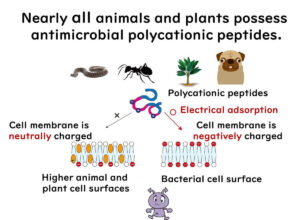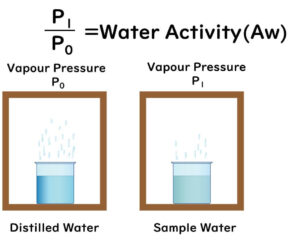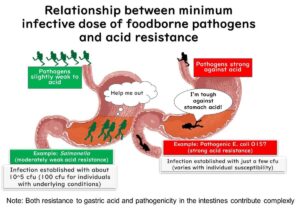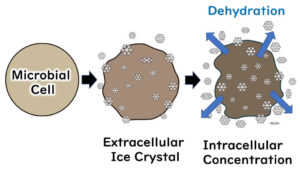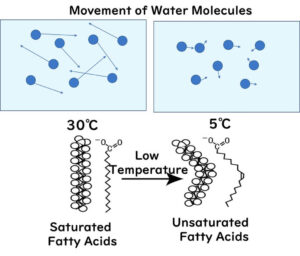Microbial growth conditions and control
From Food Preservation to Antibiotic Alternatives: The Antimicrobial Power of Polylysine and ProtamineNew!!
Polylysine and protamine, polypeptides comprising 25 to 30 L-lysine and arginine amino acids respectively, are transforming the landscape of microbial inhibition. Initially researched in Japan during the late 1970s for their food preservation properties, these polycations have been pivotal in combating both Gram-negative and Gram-positive bacteria. Their profound impact extends beyond the culinary world into the medical field, where they are now being explored as promising alternatives to conventional antibiotics amidst rising antibiotic resistance.
Water Activity Explained: What is It and How Does it Differ from Water Content?
In this article, we'll dive into the intriguing world of water activity, cleverly deciphering its principles and how it differs from mere water content. We'll explore the nuances of bound and free water, the principles behind measuring water activity in food, and how reducing water activity can enhance the shelf life of preserved foods like those cured with salt. Additionally, we'll discuss the relationship between water activity and the growth of microbes such as bacteria and mold. Plus, I'll toss in some handy values of water activity to remember that could be a lifesaver—or at least a food saver! So, buckle up, and let's get our science on!
The Impact of pH on Microbial Growth and Decay, and the Antimicrobial Action of Organic Acids
In this riveting exploration, we dive into how pH affects the growth and demise of microbes, using sodium acetate, propionic acid, and sorbic acid as our guides to elucidate the mechanisms of antimicrobial action of organic acids. Additionally, we discuss the crucial role of stomach acid in annihilating infectious food poisoning bacteria, highlighting its germicidal functions. Furthermore, we'll explore how variations in acid resistance among food poisoning bacteria relate to the minimum number of bacteria required to cause disease. Lastly, it's fascinating to note that food poisoning bacteria are generally vulnerable to acids, a characteristic intrinsic to their very nature as pathogens.
What Happens When Bacteria Are Frozen? Do They Die or Survive?
Explore the surprising effects of freezing on bacteria in this scientific inquiry. We examine how microorganisms from different environments respond to extreme cold, focusing on their survival, dormancy, and death mechanisms. This article highlights crucial findings relevant to food safety, revealing how common pathogens like Escherichia coli O157 react under freezing conditions. Dive into the fascinating interplay between microbiology and freezing temperatures, and discover what this means for food hygiene practices.
Understanding the Basics of Microbial Growth and Temperature
Dive into the world of microbes and temperatures with us! Understanding how bacteria grow is crucial, especially since many foodborne pathogens are mesophiles that thrive at moderate temperatures. There's a myth, however, that psychrophiles, those that love the cold, only grow in fridge-like conditions. We'll clarify this by exploring the growth characteristics of these temperature-sensitive microbes, including the versatile Listeria, and the adaptations that allow some to prosper in the cold. Get ready to deepen your knowledge on microbiological principles vital for food safety.
